underwater
Latest
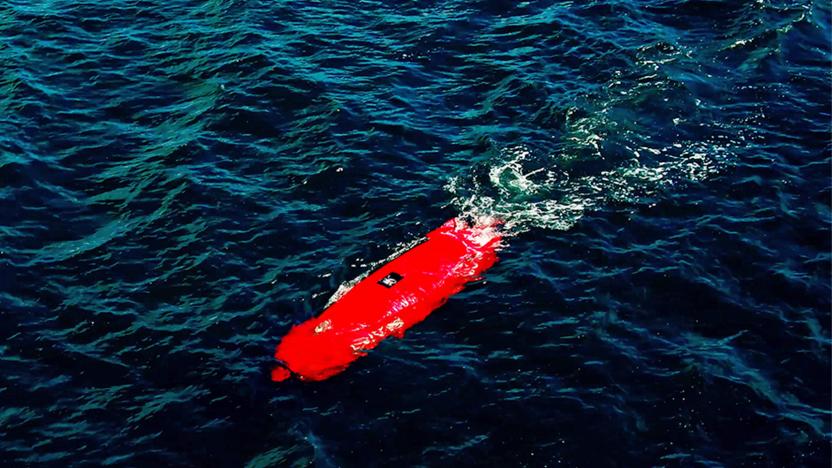
Palmer Luckey's startup bought an underwater drone company
Palmer Luckey's AI defense company Anduril is expanding to underwater drones by acquiring Dive Technologies.

Facebook wants to circle Africa with an undersea data cable
Facebook's quest to connect more of Africa may have it practically encircling the continent. Wall Street Journal sources maintain that Facebook is in talks to run an undersea data cable (nicknamed Simba -- yes, really) that would run around much of Africa. Details are few and far between, but it might link to existing beach access points in countries along the eastern, northern and western coastlines with the help of telecoms like MTN Group and Vodafone. This would help improve access to Facebook for more of the continent and might just lower the social network's data costs by cutting out in-between companies.
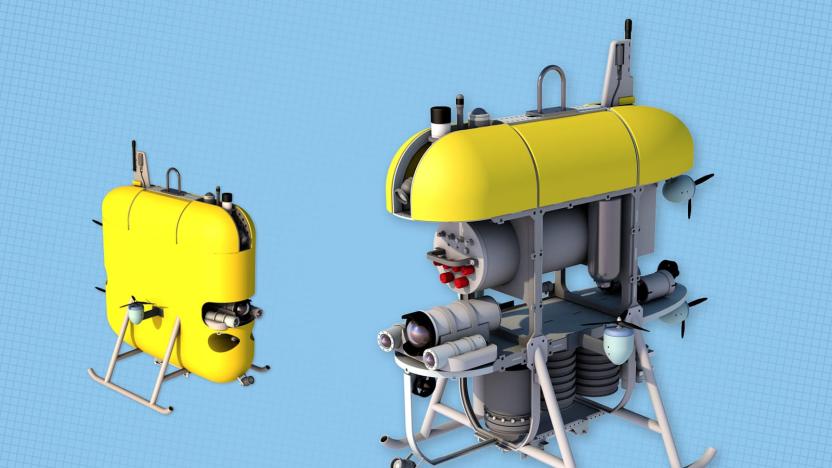
Sneaky deep sea robot will take pics of fish without spooking them
Robots typically aren't good choices for studying deep sea animals like jellyfish -- not when their light, noise and movement can scare away those creatures. Researchers at Woods Hole Oceanographic Institution may have a far less intrusive option, though. Their planned Mesobot observer is designed to move as quietly as possible while collecting data about aquatic life. The four-foot-tall robot moves using six large but low-power thrusters that won't cause a stir, and its LED lights can switch to red (which many deep sea species can't see). A two-day running time should also minimize attention-getting trips to the surface.
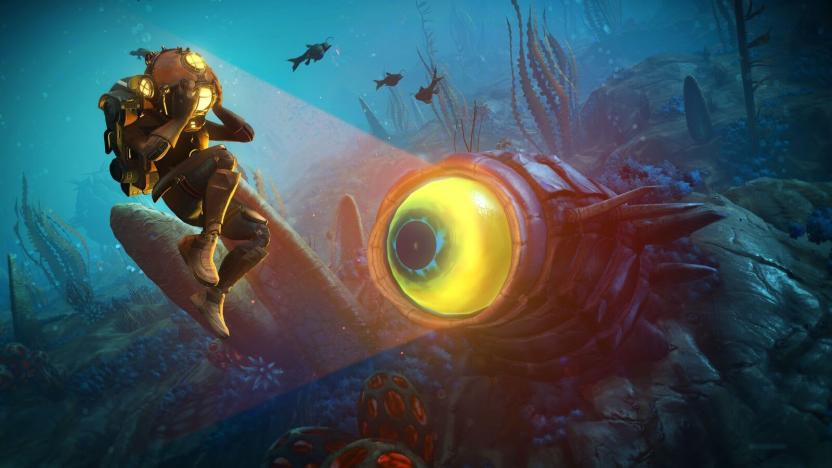
'No Man's Sky' update overhauls underwater exploration
Hello Games teased a major, "eerie" update to No Man's Sky last week, noting that it would arrive just in time for Halloween, and now we have details on what The Abyss has in store. As the name implies, the update is all about improving and enriching subaquatic life.
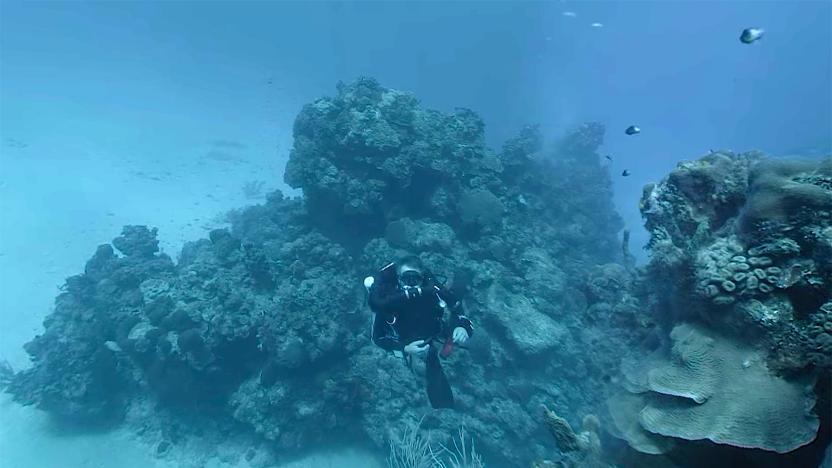
Hydrus VR camera brings immersive 8K video to the deep sea
Don't be surprised if you soon see VR video from some of the darker corners of the ocean. Marine Imaging Technologies has launched a new camera, the Hydrus VR, that promises 360-degree 8K video (higher-resolution than many current headsets) at depths of up to 984 feet, even in lighting conditions as dim as 0.004 lux. The 10-camera array takes advantage of new ultra-sensitive Sony sensors to capture video at up to ISO 409,600 -- the result will be noisy, but might be the key to spotting an elusive fish hiding in a cave.
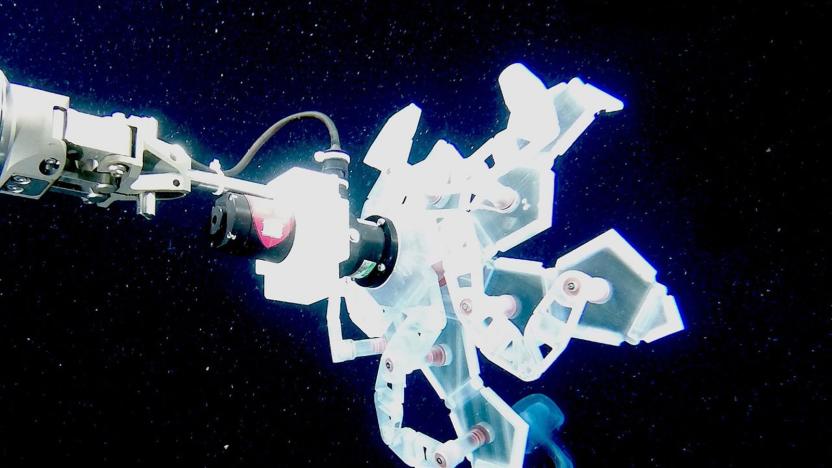
Harvard's robot arm can grab squishy sea animals without hurting them
As you might imagine, you can't just grab extra-soft sea creatures like jellyfish or octopuses when you want to study them. Not if you want them to remain intact, anyway. Thankfully, researchers at Harvard's Wyss Institute have a far more delicate solution. They've created a robot arm (the RAD sampler) whose petal-like fingers can quickly form a ball shape around an animal, capturing it without risking any harm. It's simpler than it looks -- it uses just a single motor to drive the entire jointed structure, so it's easy to control and easier still to repair if something breaks.

Engineer stashed Navy drone trade secrets in his personal Dropbox
Trade secret theft allegations are serious enough in the corporate world, but they're particularly grave when they involve military projects. And one contractor is learning that the hard way. A Connecticut federal court has found electrical engineer Jared Sparks guilty of six trade secret theft and transmission charges after he took files relating to underwater drones built for the US Navy's Office of Naval Research. When contemplating a switch of jobs from drone builder LBI to its software partner Charles River Analytics, he uploaded "thousands" of his then-current employer's sensitive files to his personal Dropbox account, including accounting and engineering data as well as design-related photos and renders.
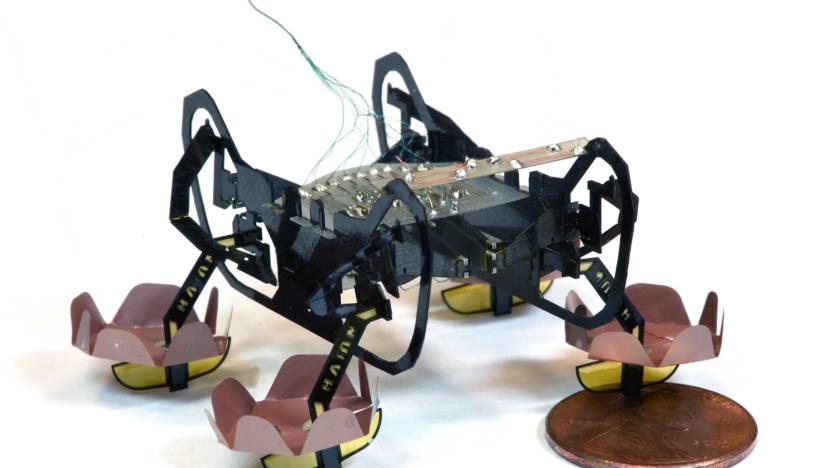
Harvard's tiny robot can swim and walk underwater
Harvard is developing a knack for tiny amphibious robots. Its researchers have upgraded the Harvard Ambulatory Microbot (HAMR) with the ability to swim and walk underwater, in addition to walking on land. Its foot pads use surface tension and related buoyancy to float on the water, while electrowetting (reducing the contact angle between a material and a water surface under a voltage) helps it break through the water and walk on the ground at the bottom. Its tiny size and 1.65-gram weight play a crucial role -- significantly bigger and it would be hard for the robot to stay above-water.

Custom-built diving mask takes snaps under the sea
Spectacles have made sharing marginally exciting videos on land via Snapchat easier. It also helps that you no longer need to hunt down a vending machine to snag a pair in the US. But a custom diving mask built by Royal Caribbean cruise line using the social media's capture technology will make it easy to capture footage under the sea.

The PowerRay drone is an aquatic spyglass for playboy fishermen
Who needs fishing prowess when you have a remote-controlled, sonar-equipped, bait-dropping, mini-submersible at your disposal? Because with the new PowerRay underwater drone, that's exactly what you get.

ZTE wants your help bringing crowdsourced ideas to life
When ZTE launched its Project CSX challenge to crowdsource ideas for a mobile device, it was hard not to wonder which of those grandiose visions would make the cut. Well, now we know: ZTE has unveiled the three ideas that made it to phase two of the competition, where people will submit product concepts that translate those ideas to reality. Each of the winners is rather unusual, but just realistic enough that ZTE could put it into production.
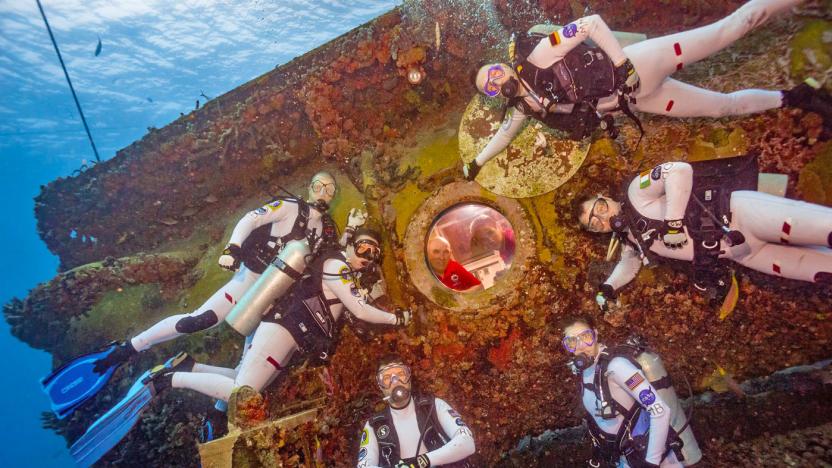
NASA astronauts head underwater to simulate Mars missions
Once a year, NASA's astronauts make a big change -- trading their vocation of conducting scientific experiments in space for one of underwater research. For the next two and a half weeks, an international team of 'Aquanauts' will be living on the ocean floor at NASA's Aquarius habitat off of the coast of Florida. As always, the NEEMO (NASA Extreme Environment Mission Operations) expedition will serve as a testing ground for new equipment. This year, it's also giving the team a taste of what it would be like to live on Mars.
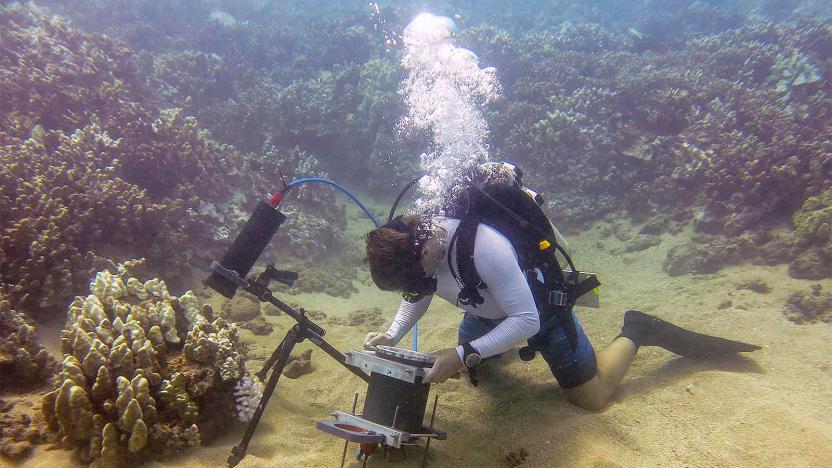
Underwater microscope offers a brand new look at sea life
Scientists have a hard time studying microscope sea life, and for good reason. Underwater scientific equipment can't study things at that scale, and bringing samples up to the surface frequently deprives them of that all-important natural context. Enter UC San Diego: its researchers have crafted the Benthic Underwater Microscope, the first undersea microscope that can study "millimeter-scale" activity in its native habitat. It combines a water-friendly computer with an imaging system that revolves around both a high magnification lens and a flexible, tunable lens that can see shapes in 3D. Combined with an LED ring light and fluorescence imaging, the system shouldn't be daunted by most water conditions or unusual specimens.

Saab built a robot to stop underwater terrorist bombs
The US isn't just worried about terrorist bombings above-ground -- it's concerned about bombs below the waves, too. To that end, it's working with Saab on a remotely-controlled underwater robot, the Sea Wasp, that's designed to deal with improvised explosives. The machine (a smaller take on the existing Seaeye) uses a mix of sonar and a manipulator arm to find, move and sometimes disable explosives. Its party trick is its sheer maneuverability. It can hover in virtually any position, helping it dispose of bombs even when they're attached to a ship's hull.

This is how you make subaquatic music
Water is a pretty strange compound. Since it's so dense, it drops the volume of sounds compared to what you'd hear on the surface. At the same time, it causes sound to travel much faster than it does through air, by roughly 400 percent. Neither of these really affect us on a day-to-day basis, but then again, we aren't performing a concert from the confines of an aquarium. We'll leave that up to AquaSonic, a band whose vocalist, according to New Scientist, devised her own singing technique to ensure that she could belt out her subaquatic notes without creating a bunch of bubbles in the process.

Undersea robots find key clue to a mysterious shipwreck
Robots just helped shed light on a maritime tragedy. The US Coast Guard, National Transportation Safety Board and Woods Hole Oceanographic have used both an autonomous underwater vehicle (AUV) and a fiber-controlled craft to find the voyage data recorder of the El Faro, a cargo ship that sank near the Bahamas during Hurricane Joaquin last October. That's no mean feat when its remains are 15,000 feet deep, and the recorder is roughly the size of a coffee can. The recovery should not only help explain the exact circumstances of the El Faro's final moments, but provide some closure to the families of the 33 crew members that lost their lives.

Six amazing underwater buildings
By Cat DiStasio While architecture on land strives ever higher, designers in wetter parts of the world are finding new ways to build beneath the waves. Underwater buildings aren't exactly common -- partly thanks to their enormous expense -- but there are a few stellar examples of submerged structures that demonstrate how a trend like this could really take off. From the world's largest underwater restaurant in the Maldives to a community of luxury floating condos in Dubai that put beachfront property to shame, undersea buildings illustrate what can be done when we fuse technology with architecture.

Watch a robotic snake swim eerily like the real thing
Don't be shocked if you see a mechanical snake swimming around undersea equipment in the near future... it (probably) isn't there to kill you. Eelume, Kongsberg Maritime and Statoil are building a robotic snake worker that will inspect (and occasionally fix) underwater gear. Robot snakes are nothing new, but this serpent is both production-ready and almost uncanny in how it moves. By itself, it slithers as if it's stalking prey. Throw in thrusters, however, and it's something else -- it can quickly twist around pipes as if they were only minor obstacles.

A drone that can fly, float and dive underwater
In the future, there will be no escape from robotic observation. Proof (if proof were needed) comes in the form of Loon Copter, a drone developed by Oakland University's Embedded Systems Research Laboratory that can not only fly, but also land on and even navigate under the water's surface. The Loon Copter project has been around a while, but this latest prototype is much more polished, and a semifinalist in the 2016 Drones for Good competition.

Floating robots will find out what keeps the Indian Ocean healthy
Believe it or not, scientists don't know a lot about how the Indian Ocean works. Without many samples, researchers are frequently left in the dark about the ways that fish, plankton and other aquatic life flourishes in the area. That won't be a challenge for much longer, though. Australia's national science agency is launching a fleet of BioArgo robots that will measure both the biological and physical traits of the ocean to learn what makes it healthy. Much like the Argo machines studying Arctic waters, they'll float deep underwater (nearly 6,600 feet) and drift with the current. They'll usually need to surface only when they're transmitting their findings. Combined with satellite imagery, the BioArgo drones should give researchers a true "3-dimensional picture" of the Indian Ocean -- important when a sixth of the human population depends on this sea for basics like food and transportation.







